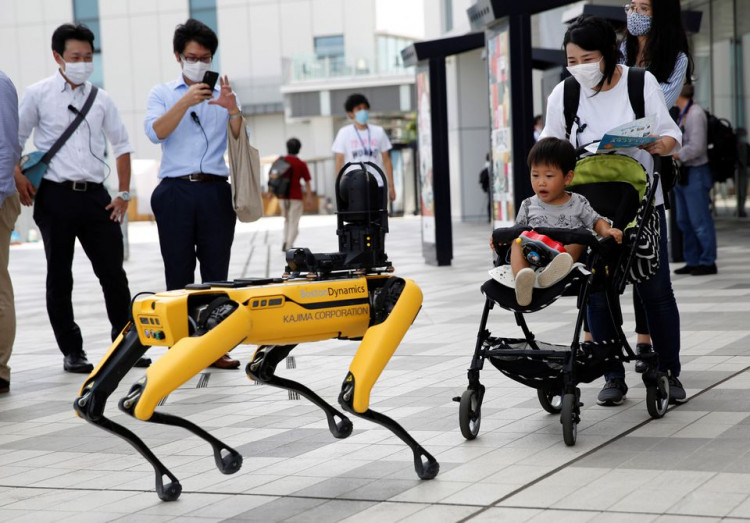Robotics company Boston Dynamics has released a new video of its Altas robot performing amazing Parkour stunts. The video released by the company, best known for its robotic dogs and dancing robots, showcases the latest capabilities of its humanoid robots and how far their skills have developed.
Just a few years ago, the company's robots could barely walk and were only capable of going up and down staircases and other rudimentary tasks. Now, their latest products are starting to become more capable of mimicking human movement. One of the company's robotic dogs, called Spot, is now even being used by some police departments to help patrol streets.
The newly released video shows Boston Dynamics' humanoid robot, called Atlas, free-running through a parkour course. The robot, described by the company as the "world's most dynamic humanoid," breezed through the course, which most regular humans would likely find difficult to finish.
Parkour, a sport that involved moving through difficult obstacles by jumping and running, has been impossible for robots given the complexity of movements required. In the video, Boston Dynamics showed how Atlas was able to synchronize its movements to get over logs and balance through beams.
Boston Dynamics used two Atlas robots in their demo. The two robots ended the demo by mirroring each other while doing two flips and spinning in place.
The company's Atlas robots stand five feet tall and weigh about 190 pounds. Each robot is equipped with an onboard battery and a wide array of sensors, including depth sensors and RGB cameras.
Boston Dynamics' Atlas team leader Scott Kuidersma said the purpose of the demo is to show that how robots can perform multiple tasks. He described Atlas as a "go-anywhere, do-anything robot of the future."
Boston Dynamics also released several behind-the-scenes videos of the demo, showcasing the more epic fails. Atlas controls lead, Benjamin Stephens, said things don't always go according to plan and the robots do crash and fall a lot. Stephens explains that the robots' movements are all carefully choreographed and just like athletes, the programmers have to repeatedly practice the routine to get it right.
"Every behavior here has a small chance of failure. It's almost 90 seconds of continuous jumping, jogging, turning, vaulting, and flipping, so those probabilities add up," Stephens said.






